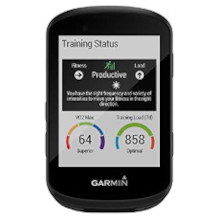Mini bike pump purchasing advice: how to choose the right product
- What You Need to Know
- Mini bicycle pumps are practical because they take up little space and are easy to use.
- The most common bicycle valves are Dunlop, Sclaverand and Schrader valves. They require different pressures, which not every pump can handle.
- Some mini air pumps have additional components such as a built-in pressure gauge or a retractable stand.
- Check your bike’s tyre pressure regularly: tyres that are too flat wear out more quickly and make it more difficult for you to ride.
Always within easy reach
Whether you’re on a bike tour with your family, in your daily commute or on a challenging mountain bike trail, it’s one of the most important utensils for every cyclist: the air pump. On the road, it is quickly at hand when you want to inflate a tyre. While stationary pumps tend to be used in the garage at home or in bicycle workshops, the mini bicycle pump is the perfect gadget for trips and longer rides. It can be carried along in a space-saving and uncomplicated way and is child’s play to operate.
Perfect handling
A bicycle pump should not be too heavy or bulky, especially when you are on the road. Mini air pumps impress with their handy format. Most models are no larger than 20 centimetres and weigh only 100 to 200 grams. The low weight is due to the lightweight materials used by many manufacturers, for example aluminium or plastic. The small bicycle pumps fit in every bicycle bag and backpack. They are therefore both inconspicuous and important companions for cyclists. Alternatively, there are holders for the pumps that are attached to the bicycle frame.
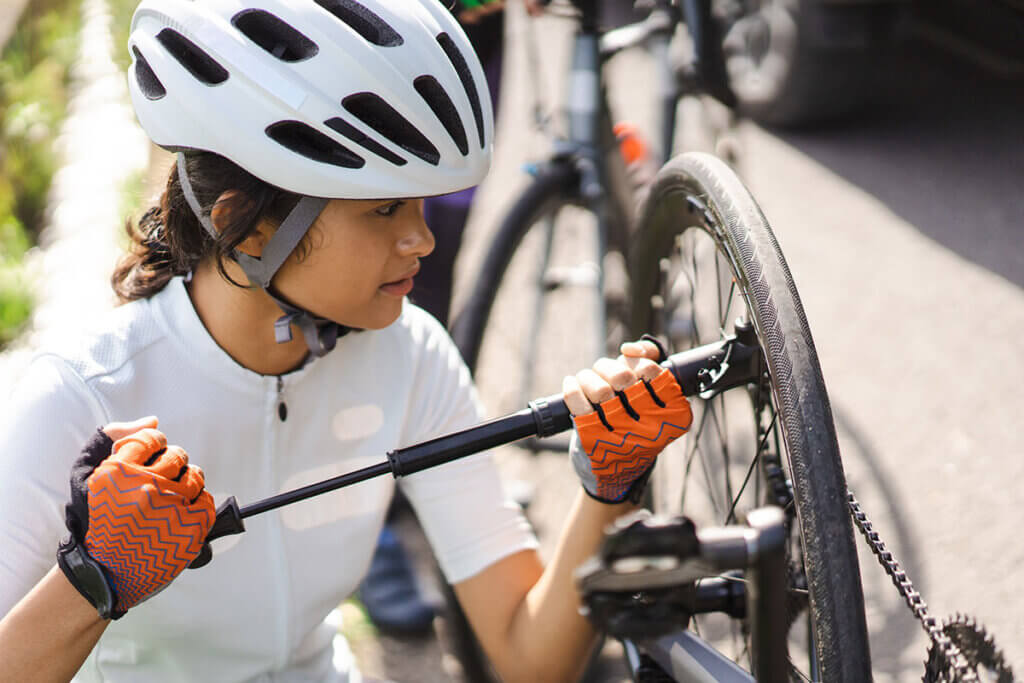
Practical, but cumbersome
Operating a hand pump is more strenuous than using a floor or foot pump, for example. Since you are pumping comparatively small volumes, this requires more pumping movements and you need more time. Expect to pump about 200 times to reach a pressure of four bar. Mini bicycle pumps are therefore less suitable for completely inflating a tyre, for example after changing a tube. In such a case, inflate the inner tube as much as necessary so that you can ride comfortably and the tyre and rim are not damaged. Then go to a bicycle repair shop as soon as possible or complete the job at home with a more powerful pump.
Comfortable grip
When you use a hand pump, you pump a lot. It is therefore advisable to make the work as comfortable as possible. Make sure that the pump’s handle is ergonomically shaped so that your fingers have a good grip. Many models have a comfortable rubber handle, others have a foam cover.
The right valve
Not every bicycle inner tube has the same valve. There are three different types, which are among the most common variations. In most cases, the type of bicycle or tyre determines which one is used. When buying a pump, make sure that the model can be fitted to the valve on your bike. Many mini air pumps are compatible with two or even three valve types.
Dunlop valve (German valve)
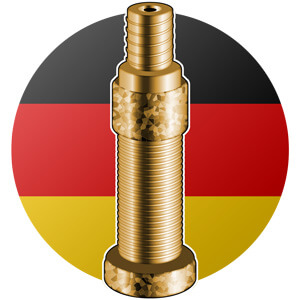
Perhaps the most common valve, it is fitted to conventional city bikes but can also be found on older mountain bikes. To deflate, turn the small socket; inflate a tyre via the valve by pressing firmly on the pump’s opening. It can withstand a pressure of six bar, so it should be possible to inflate it with all commercially available mini air pumps. However, inflating a tyre with a Dunlop valve with a manual pump is more tedious than with other variants.
Sclaverand valve (French valve)
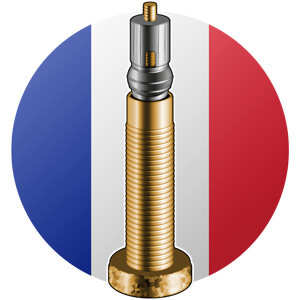
This variant, also known as the Presta valve, is found mainly on racing bikes. Their tyres have to be particularly hard and inflated tightly; therefore, the valves can withstand higher pressure. It can be easily distinguished from the Dunlop valve because it is much longer and thinner. To inflate, first loosen a small nut at the lower end and push the opening of the pump far over the valve. The pumping process itself is very smooth.
Schrader valve (American valve)
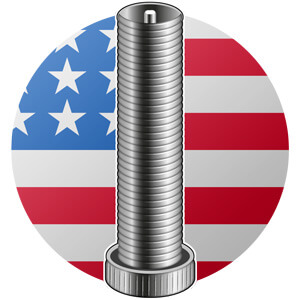
This type is often used for mountain bikes and touring bikes, but also for car and motorbike tyres. The top of the valve is wider than the other two types. Tyres with this valve can also be inflated at the freely accessible pump stations of petrol stations. For this purpose, the pumps must have a non-return valve, otherwise the air will escape immediately when they are put on. Manual air pumps that are suitable for this and other valves usually have a separate adapter or replaceable head for this purpose.
Components of a mini bicycle pump
At first glance, most small-format air pumps hardly differ from each other. This makes it all the more surprising what practical features some of them have. A thin tube connecting the pump head to the body, for example, makes it possible to hold the pump at any desired angle to the valve. Hybrid models between hand and floor pump have a retractable foot. This makes pumping more convenient in the long term if a tyre needs to be completely inflated.
Pressure at a glance thanks to a pressure gauge
Mountain bike tyres need a pressure of about 1.2 to 2.4 bar – depending on how wide they are and whether the bike is used off-road or on roads. City bike tyres are inflated to six bar, road bikes to up to eight bar. If you are not sure, you can always look at the sides of the tyres: The minimum and maximum pressure is indicated there. Stationary pumps are equipped with a pressure gauge so that you can see how high the pressure is. The scale shows the bar value to the nearest tenth. This allows you to quickly check whether the tyre pressure is still high enough before longer tours.
An integrated pressure gauge is not common for mini bicycle pumps, but some models have this extra. The pressure gauge can be a useful tool when changing a tyre on a bike tour or in case of a spontaneous decision to add some air. Models that offer this gadget include Topeak Pocket Shock DXG and Fischer 85579.
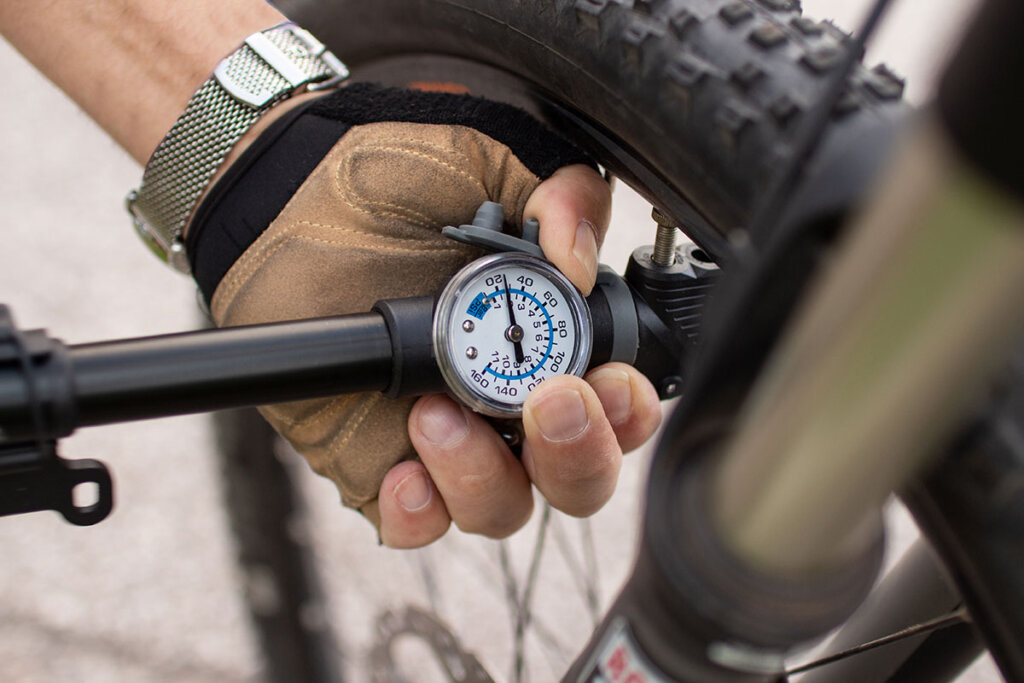
Multi-piece set
When ordering a mini air pump, also find out whether any practical additional parts are included in the set. A holder for the pump that attaches to the frame of the bike is useful if you don’t want to carry the pump in your luggage every time. Many manufacturers also offer a basic stock of patching material in the scope of delivery, for example with glueless patches or vulcanising paste as well as small levers to be able to separate the casing and rim well from each other. In addition to attachments for various bicycle valves, you can sometimes also get ones for footballs and basketballs or for inflating air mattresses.
Hand pump with cartridge
A practical variant of the air pump is the cartridge pump, such as those offered by the manufacturers Pro Bike Tool and SKS Germany. It is only a few centimetres in size and inflates the tyre with CO₂ from a small cartridge within seconds. When you place the hand pump on the valve, you open a lever and the air gets into the tyre by itself at high pressure. You have done the job in just a few simple steps. The disadvantage is obvious: in addition to the pump, you must always carry the appropriate cartridge. This is also associated with follow-up costs.
When should the tyre be inflated?
If your bike has been standing unused in the cellar or garage for a long time, for example over the winter, one of the first steps you should take to make your bike fit for the road again is to use an air pump. Even if you ride regularly all year round, it is a good idea to check the tyre pressure about once a month. Sometimes, when the bike is under load, you can see with the naked eye that the tyre could use air. At the latest when it can be clearly pressed in with your fingers, you should act.
If the tyre is too flat
Wheels with too little air have the effect that you, as the rider, have to use more force and feel that it is more difficult to make progress. They are harder to manoeuvre. In addition, inflated bicycle tyres wear out faster because they are loaded over a larger area than firmly inflated tyres. So if you notice that they bulge under load, it’s time for a pit stop. Otherwise, not only will tyres wear out faster, but small cracks can appear on the sides, causing long-term damage.
Riding a bike with a flat tyre not only damages the tyre and casing, but also the rim. The rim takes every stone and every bump with it and irreparable dents can develop that can be the cause of further punctures in the future.

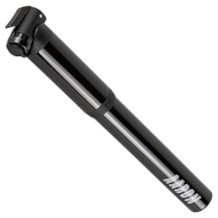
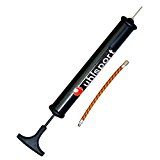
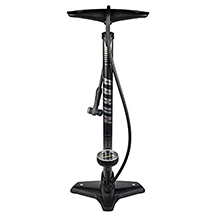
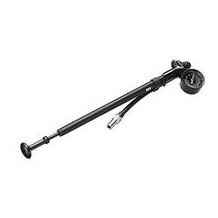
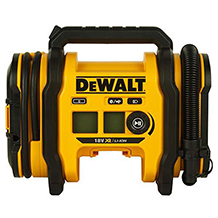
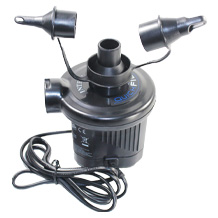
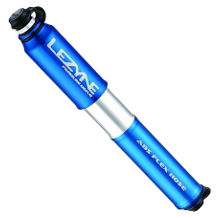
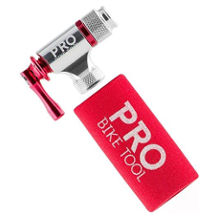
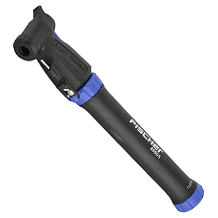
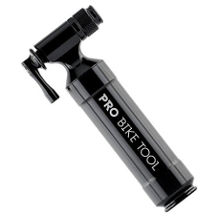
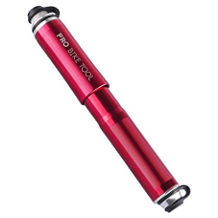
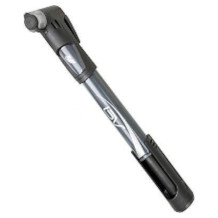
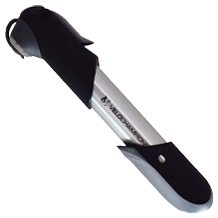
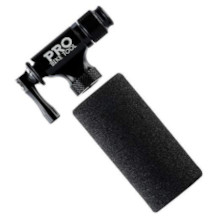
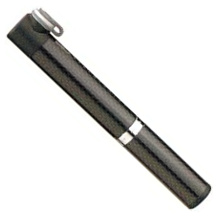
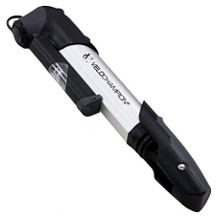

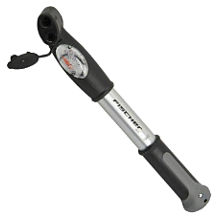
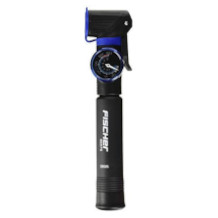

 1,127 reviews
1,127 reviews
